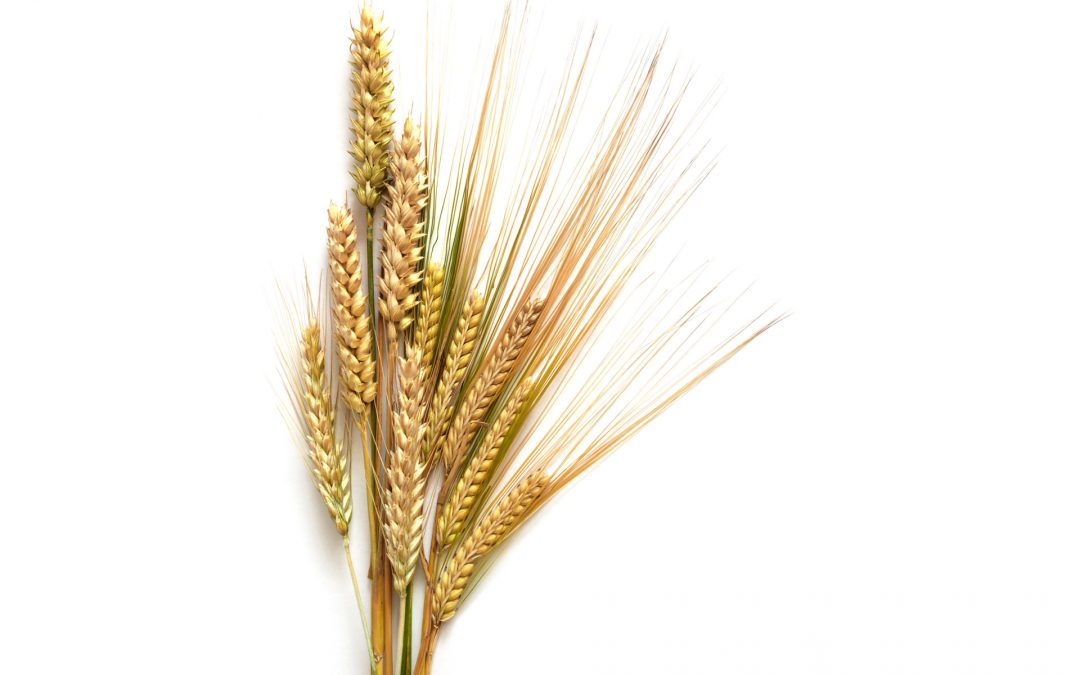Wheat. I don’t like you. You are everywhere, dammit. It is extremely difficult to get away from you.
Muffins, pizza, pasta, bread, pastry, wraps, tortillas (wheat ones), sauces, soup cans, salad dressings (bought ones), soy sauce… the list goes on and on. Seriously people, check out the labels and see how often you come across this disastrous item (disastrous for me and possibly you).
Why is it everywhere? Because it has been one of the main flours used in most food things over the last hundreds and even thousands of years. It has been processed over and over again. Let alone the wheat problem, many items that contain wheat are made from white flour – which is processed and contains no nutrients. So again, for most of us (you) who eat wheat on a regular basis are most likely eating white, processed flour – which doesn’t do a thing for your body but add extra sugar.

Aaaaaaaahhhhh.
Ok, so it causes me problems. I get gassy, I get bloated, I get a rash on my face and I get swollen/puffy eyes. Thanks a lot wheat.
I have been removing wheat from my diet for the most part for the last three years, but still eat it every once in a while. This has to stop. I am tired of having these reactions.
Wheat is a common allergen today because there is too much of it. We, as a society, have been TOO exposed to wheat leading to a decrease in the enzymes available to break it down which can lead to allergies. For optimal health, it is extremely important that we rotate our foods to expose our body to many nutrients and many different grains.
A few clarifications I should make:
You may have heard of the term “gluten free”. Well, wheat has gluten in it. It is the protein substance in wheat or other wheat based grains. There are some people out there who are celiac – which means allergic to gluten. People who are allergic to gluten, need to eat “gluten free” grains at all times. They cannot eat wheat grains.
Being sensitive to wheat does not mean you are sensitive to gluten. Keep in mind, many people who are intolerant to wheat only, ask for items that are gluten free because they KNOW they are also WHEAT FREE. It just makes it easier. Read the last bolded paragraph again just so we are clear.
Gluten free grains always means wheat free.
Wheat free grains are obviously wheat free, but not necessarily gluten free.
Examples of the different grains and their categories are written below.
So as I’ve mentioned, it is good to rotate foods/grains. I.E. your body will learn to make the enzymes necessary for all grains (the ones you can tolerate anyway).
I am tired of how hard it is to find wheat free grains/foods when I am out and about. Thanks to my naturopath doctor, she has given me permission to say that I am “allergic” in order to make things easier for me in the outside world. So from now on, I am “allergic” to wheat and will not allow myself to eat it because I don’t want to have gas, be bloated, have a rash on my face or get swollen/puffy eyes.
Try different grains from the categories below and see if and where you react.
If you find yourself with any of these symptoms, or other symptoms that may pop up after you eat pasta, bread, pizza, wraps, pastries, anything bought that may contain wheat, start paying attention, because perhaps you, are intolerant, sensitive, or just plain “allergic” to wheat.
Disclaimer: I am not suggesting you (the general public) are intolerant, sensitive or allergic to wheat. I just know there are a lot of digestive issues out there and want people to realize that making simple changes can alleviate some of these regular digestive symptoms that come up.
Gluten free grains (which also means wheat free):
Amaranth; Arrowroot; Buckwheat & kasha; Corn & popcorn; Flax; Rice & wild rice; Hemp; Millet; Milo; Quinoa; Rosematta; Sesame; Sunflower; Tapioca; Tef; Texami
Wheat free grains (still contain a little gluten, but are easier to digest):
Note: Some of these grains are technically related to wheat, i.e. kamut and spelt, but have not been processed and ruined like modern wheat so are easier to digest for those who cannot tolerate wheat.
Barley; Kamut; Oats (sometimes people who react to wheat react to oats because they are packaged in a factory where wheat is processed); Rye; Spelt;
Wheat grains (contain gluten):
Bulgar; cous-cous; durham A.K.A Emmer; Einkorn; Fu; Graham; Mir; Seitan; Semolina & Farina; Triticale; Wheat
Caution list
Note: These foods can be made from a bunch of different grains. If you are looking to be gluten free or wheat free, look for the packages that state either “Wheat free” or “Gluten free”.
Bran; Cereal; Flour; Grits; Grouts; Roasted nuts (processing agents); Hulls; Malt; Modified starch; Starch; Udon noodles.
Note: There are many pastas and breads made from gluten free or wheat free grains. I.E. Brown rice pasta, spelt pasta, kamut pasta, spelt breads, brown rice breads, quinoa flour items, etc etc.
Look for gluten free or wheat free packages to help you make small changes. Remember, even if you are not intolerant or allergic to wheat, it is an excellent idea to rotate grains. Keep your body interested.
For more information, please contact Michelle at You Decide Your Health.

